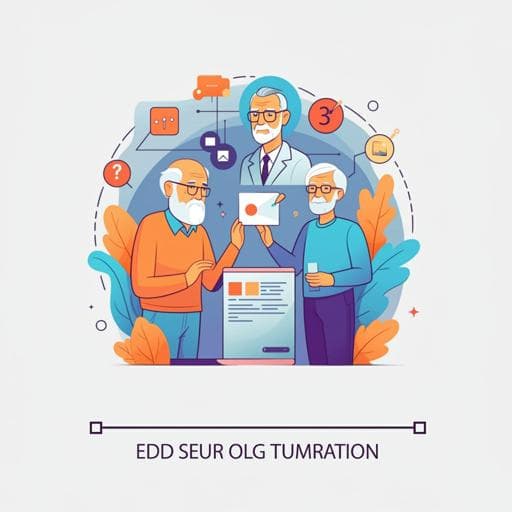
Business
Exploring the role of interaction in older-adult service innovation: insights from the testing stage
Y. Chin, F. Wu, et al.
This study reveals a groundbreaking framework for testing service innovations tailored for older adults, emphasizing the vital role of interaction and alignment with their needs. Conducted by Ya-Lan Chin, Feng-Shang Wu, Jian-Bing Liu, Yan Li, and Jin Wang, this four-year research in Beijing showcases the importance of effective service delivery for sustainable solutions.
~3 min • Beginner • English
Related Publications
Explore these studies to deepen your understanding of the subject.







